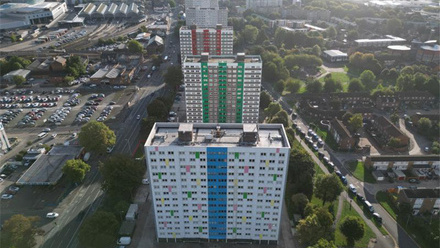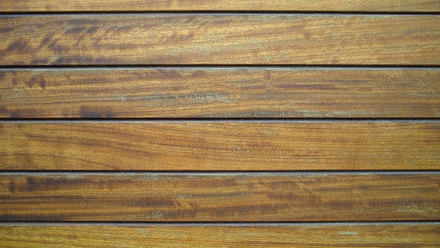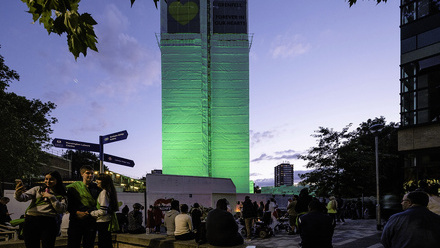Architecture: Why evolution needs to be about fire safety
It's easy to think that architecture as we know it today was created by the ancient Greeks or Romans. But you only have to look at pre-historic structures, such as Stonehenge or the Nuragic monuments in Sardinia, to see how far back it goes.
The premise of architecture is to create timeless spaces for life's activities. At its core, these structures can help to improve human life.
As time has moved on, so too has the evolution of architectural style. Every generation sees a wave of new ideas and innovations that create exciting homes and workplaces. But while fire safety isn't everyone's first thought when they think of architecture, it's something that needs to be just that in the current climate.
Today's topic of discussion is around the evolution of architecture, the fire safety factor that is influencing change, and what the future may look like for high-rise buildings with the industry still under the spotlight following the Grenfell Tower fire back in 2017.
History of the high-rise structure
The first high-rise buildings were constructed in the United States back in the 1880s. They were positioned in urban areas where high-cost land prices and greater population density created a demand for buildings that rose vertically rather than horizontally.
The use of steel structural frames and glass exterior sheathing made them practical. By the 20th century, they became a standard feature as an architectural landscape in countries across the world.
In the UK, high-rise buildings were primarily used to address the housing shortage following World War II. The rate of population outgrew the supply of housing, so the 'streets in the sky' approach was favoured by designers and planners.
Between the end of the war and the early 90s, over 6,500 multi-storey blocks of six floors or more were built in the UK. Commercial high-rise developments have followed on a similar trend and pattern to residential property, with densely-populated cities relying on tall buildings to create office space big enough to get value for money when securing sparsely available land.
Some of the most expensive building developments in the modern day are high-rise and multi-functional, like the Shard in London, with the 306-metre tall structure even featuring a hotel.
Fire safety influencing design
The planning, design, and construction phases of an architectural project are not as straightforward as coming up with an idea and seeing it become a reality through bricks and mortar. Many factors impact how a designer comes up with the design and practicality of a structure that will have longevity.
Some of the most common factors include climate, culture, environment, technology, imagination and the materials available to complete a project. But with the introduction of new fire safety legislation comes the importance of factoring in fire safety into the architectural process.
The Royal Institute of British Architects (RIBA) recently introduced a new educational framework focused on fire safety that would be "the biggest shake-up of the profession since the 1950s". With government pressure in wake of the Grenfell Tower fire and growing concern around climate change, the framework signifies a different approach for architectural education that will have a greater emphasis on life safety, with fire safety playing a big part of the focus.
The first mandatory competence of the course – health and life safety, including fire safety – will be introduced in 2021. It's a sign that the future won't just be about technology, innovation, and buildings that will look beyond their years. It will predominantly be focused on the correct use of architectural cladding, the following of safety regulations, and the overall consideration for human wellbeing when designing and delivering projects.
The need for evolution to continue
Innovation should always be applauded. But it's the health and safety of high-rise occupants that always needs to be priority number one.
Back in March, Bruce Sounes, an associate architect at Studio E – who were responsible for managing the refurbishment of Grenfell Tower in 2015 and 2016 – told the inquiry into the fire that he had not read sections of Approved Document B – the fire safety advice found in the UK Government's Building Regulations 2010.
Sounes also hadn't read the document's specific fire safety guidance for buildings over 18-metres tall and was unaware that aluminium cladding panels were combustible – despite their regular use as a way to create more energy-efficient buildings.
The fire has brought the conversation around cladding into the forefront of people's minds, as the media – and those left living in buildings where cladding has been found to be unsafe –are left to question what happens next. To put it into context, the government admitted in June that they didn't know how many of the 85,000 buildings between 11 and 18 feet still had unsafe cladding. And while this doesn't take into account commercial properties that sit above 18 feet tall, it does give an overview of the current problem faced in the world of architecture and construction – with high-rise buildings in London alone set to cost £4 billion to rectify.
The price to pay for not putting fire safety first is not only financial but one that can have a devastating impact on the lives of many. While modern design and innovation should never be sacrificed, neither should the health and safety of those occupying commercial and residential property.






